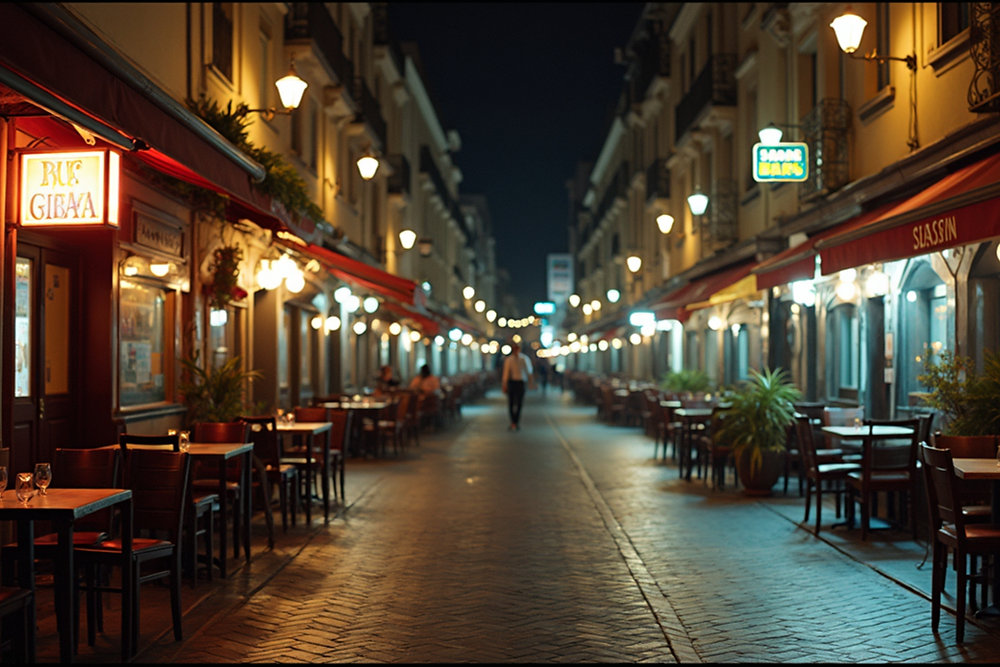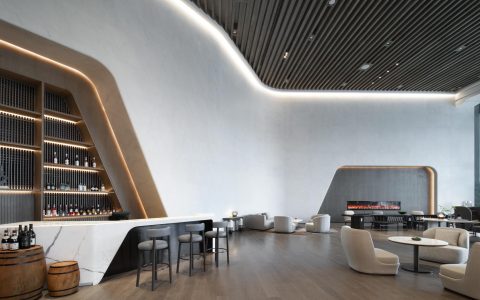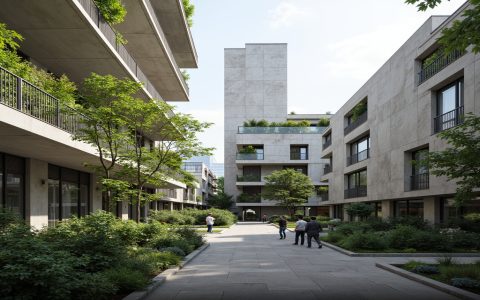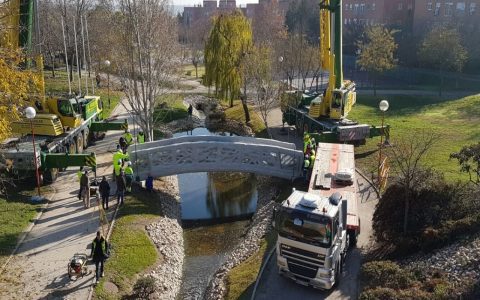Selecting optimal locations for architectural bars requires strategic analysis of demographic, economic, and spatial factors. Here's a focused framework:
1. Core Market & Density Analysis
Target districts with high concentrations of architecture firms, design studios, construction companies, and related professional services. Analyze zoning maps for commercial corridors in creative hubs or central business districts. High daytime professional population density is critical for lunch and post-work patronage.
2. Accessibility & Visibility
Prioritize locations with:

- High Foot Traffic: Proximity to major office buildings, transit hubs (subway, bus stops), or cultural institutions frequented by the target demographic.
- Prime Visibility: Corner lots or street-facing units with clear sightlines are superior to interiors of complexes.
- Convenient Access: Ample on-street parking, nearby garages, and safe pedestrian routes. Ensure ADA compliance.
3. Synergistic Environment
Seek areas exhibiting:
- Complementary Businesses: Proximity to high-end restaurants, boutique hotels, art galleries, or design showrooms fosters synergistic client flow.
- Professional Networking Nodes: Locations near convention centers, large architecture schools, or professional association headquarters attract key clientele.
- Appropriate Character: The neighborhood aesthetic should align with the bar's target brand image (e.g., historic loft district vs. sleek urban renewal zone).
4. Feasibility & Economics
- Build-Out Costs: Assess ceiling heights, column spacing, existing utilities (HVAC, plumbing), and ease of implementing required architectural elements. Avoid spaces needing excessive structural modification.
- Lease Terms & CAM Fees: Negotiate favorable terms. Understand total occupancy costs (rent + taxes + insurance + common area maintenance).
- Licensing & Zoning: Thoroughly verify permitted uses, liquor license availability/transferability, noise ordinances, and outdoor seating allowances.
5. Long-Term Viability
Evaluate neighborhood:
- Development Pipeline: Research planned infrastructure improvements, new commercial/residential projects, or potential gentrification that could enhance future value.
- Competitive Landscape: Map existing bars targeting similar clientele. Identify oversaturation or unmet demand. Unique positioning is key.
- Demographic Stability: Analyze historical and projected population/income trends. Look for sustained professional growth.







